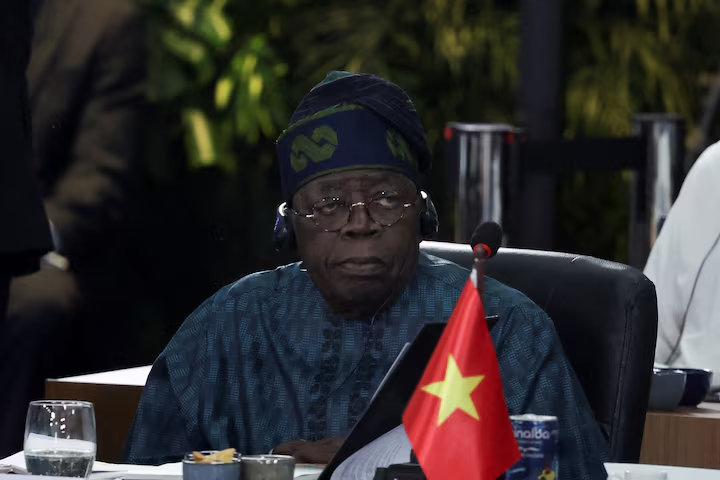President Bola Ahmed Tinubu has set his sights high—a 7% annual economic growth rate by 2027, with the even bolder aim of quadrupling Nigeria’s economy by 2030. It’s an announcement that has stirred hope in some quarters and skepticism in others, especially in light of Nigeria’s current economic headwinds.
The ambition is clear: lift millions out of poverty, expand the nation’s industrial base, and make Nigeria a competitive force in global markets. But is the road to 7% growth a paved expressway or a rugged, winding path full of potholes?
The Vision: Growth Beyond Oil
For decades, Nigeria’s economy has been tethered to the fluctuations of global oil prices. Tinubu’s administration wants to break this cycle, betting big on non-oil sectors—agriculture, manufacturing, technology, and services.
Key strategies include:
- Infrastructure investment: Expanding road networks, improving ports, and modernizing rail transport to cut logistics costs.
- Energy sector reform: Refinancing electricity sector debts, reducing subsidies, and expanding renewable energy capacity.
- Industrialization drive: Incentives for local manufacturing and export-oriented businesses.
- Digital economy push: Supporting start-ups, fintech, and tech hubs to create new streams of economic activity.
The Reality Check: Where We Stand Today
Nigeria’s GDP grew by 3.13% in Q1 2025, a decent recovery from pandemic lows but still far from the 7% mark. Inflation hovers above 20%, eroding purchasing power. Unemployment remains stubbornly high, and the naira continues to face pressure in currency markets.
These numbers matter because they define the starting point of Tinubu’s journey. Doubling or tripling growth rates in a short time frame requires not just policy promises, but effective execution and investor confidence.
Obstacles on the Road to 7%
- Energy Crisis: Frequent blackouts and high generator costs still strangle productivity for small and large businesses.
- Insecurity: Persistent farmer-herder clashes, kidnappings, and banditry threaten agricultural output and investment in rural areas.
- Policy Consistency: Investors want stability. Frequent policy reversals—common in past administrations—can undermine progress.
- Global Headwinds: Oil price volatility, climate change impacts, and shifting trade policies all shape Nigeria’s economic prospects.
What Success Would Mean
If Tinubu’s target is met, Nigeria could:
- Create millions of jobs across industries.
- Significantly reduce poverty levels.
- Improve infrastructure to global standards.
- Strengthen the naira and reduce dependence on imports.
- Position itself as Africa’s economic powerhouse, competing with South Africa and Egypt.
The People Factor
No economic plan succeeds without human capital. Beyond macroeconomic policies, the administration must prioritize:
- Quality education to prepare the workforce for emerging industries.
- Vocational training for skilled trades.
- Healthcare improvements to ensure a healthy, productive population.
Conclusion: A Balancing Act Between Aspiration and Action
Tinubu’s 7% target is more than a number—it’s a statement of intent. Achieving it will require bold reforms, relentless implementation, and genuine collaboration between government, private sector, and the Nigerian people.
The road will be challenging, but if Nigeria can align policy vision with ground-level execution, 2027 could mark the beginning of an economic transformation story worth telling.
LJE Insight: Big visions inspire nations, but results inspire trust. Nigerians will be watching closely to see whether this is just another promise—or the dawn of a new economic era.

